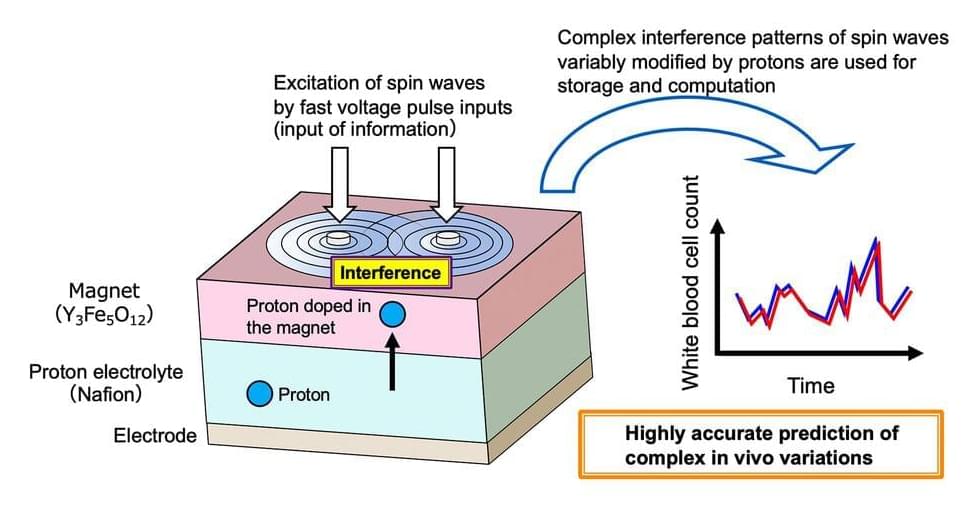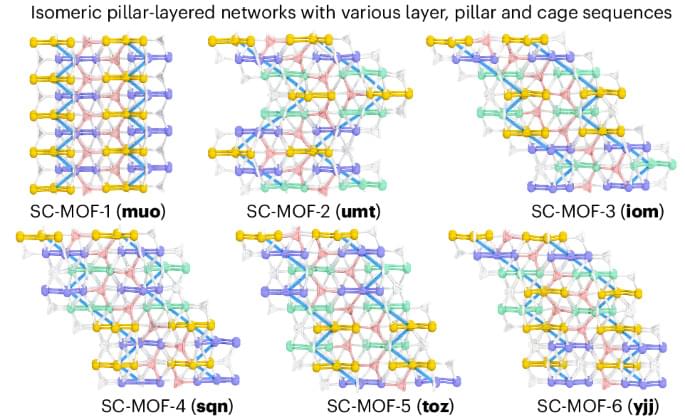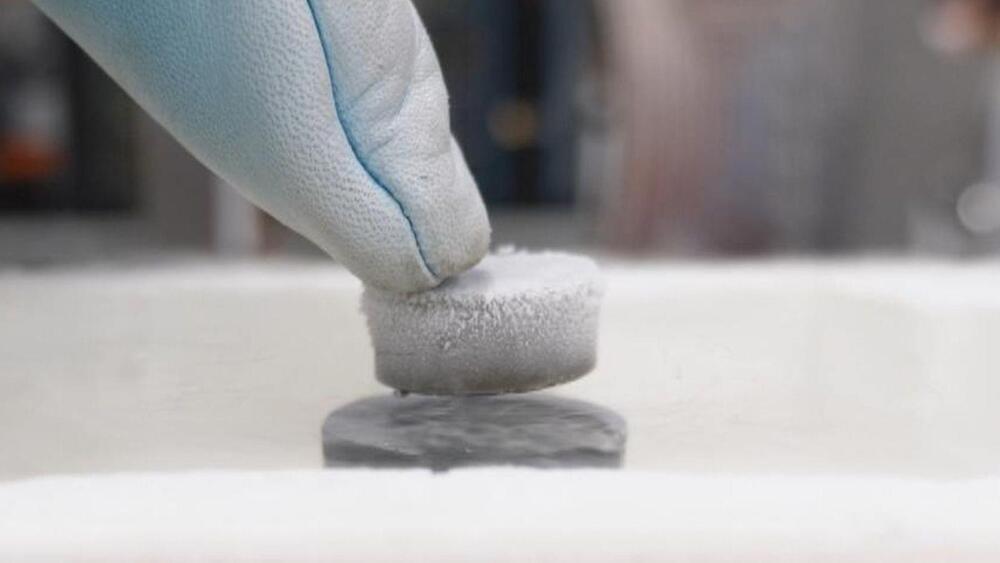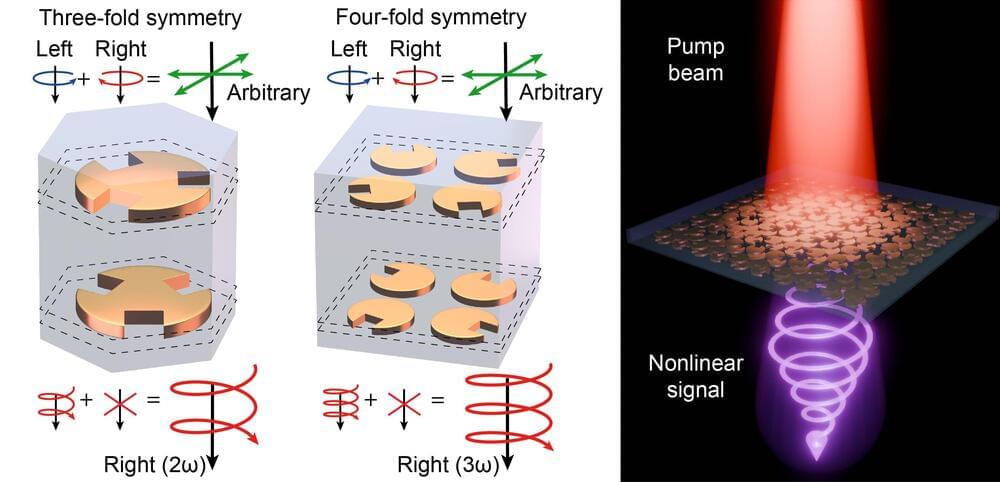A research team from NIMS and the Japan Fine Ceramics Center (JFCC) has developed a next-generation AI device—a hardware component for AI systems—that incorporates an iono-magnonic reservoir. This reservoir controls spin waves (collective excitations of electron spins in magnetic materials), ion dynamics and their interactions.
The work is published in the journal Advanced Science.
The technology demonstrated significantly higher information processing performance than conventional physical reservoir computing devices, underscoring its potential to transform AI technologies.









